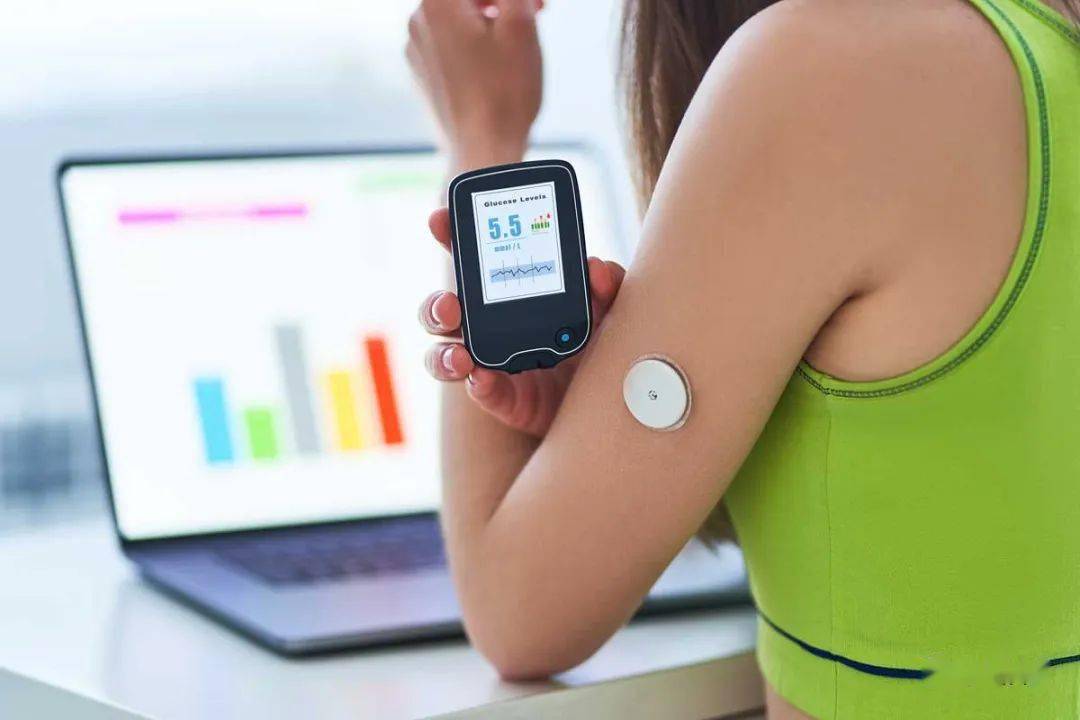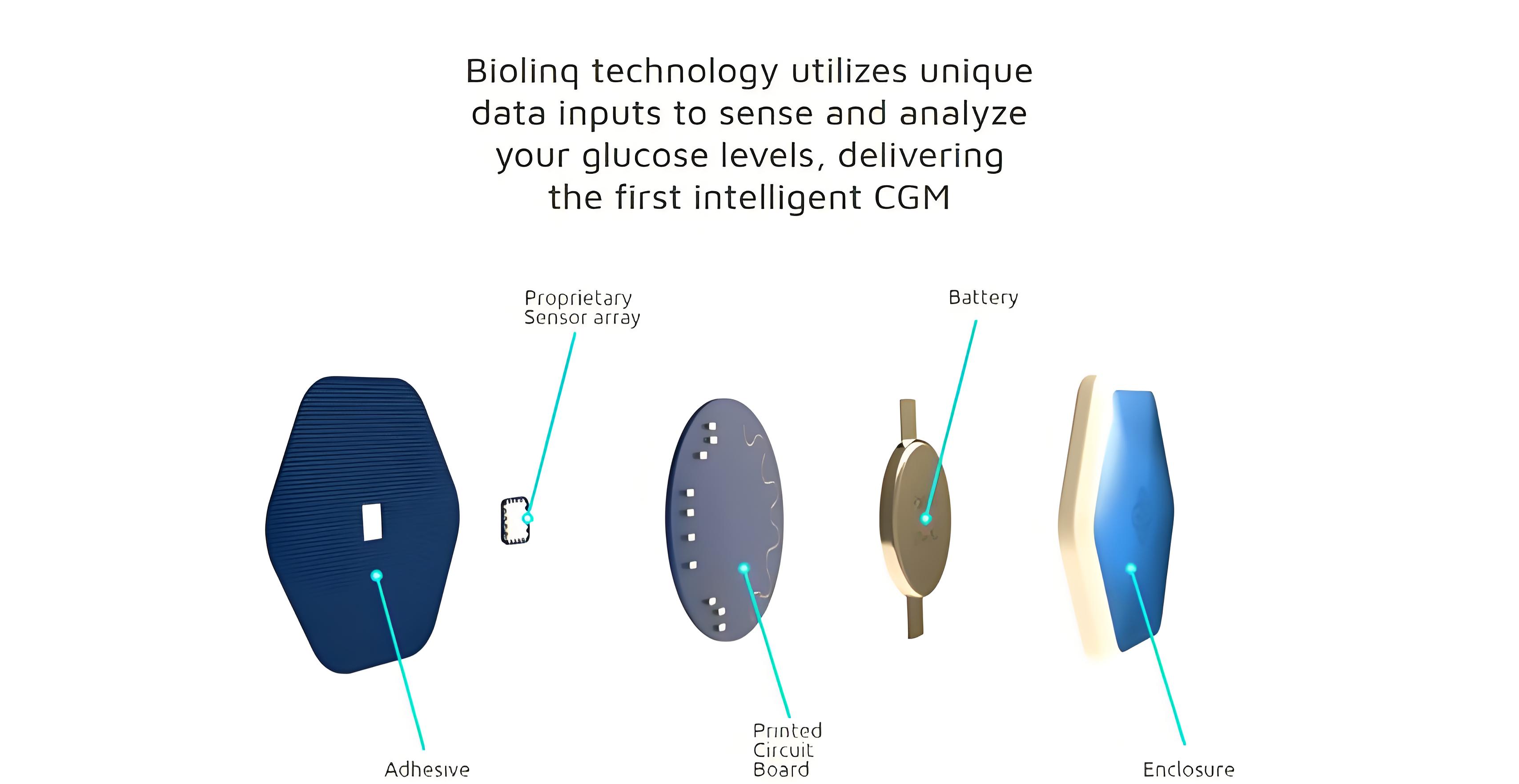Wearable blood glucose monitoring: the next billion-dollar market after TWS headphones

Wearable blood glucose monitoring technology has developed rapidly in recent years, and its non-invasive and continuous monitoring characteristics are subverting traditional blood glucose management methods. The following is an analysis of the current status of wearable blood glucose monitoring technology, future trends, opportunities and challenges of components:
Development status
● Technology route
Mainstream technology:
-Electrochemical sensors (such as dynamic glucose monitoring systems CGMs): measure glucose through subcutaneous tissue fluid (such as Abbott FreeStyle Libre, Dexcom G7), which requires the implantation of microneedles and is "minimally invasive".
-Optical sensing (near infrared/Raman spectroscopy, fluorescence sensing): non-invasive but easily affected by skin conditions and sweat interference, and the accuracy needs to be improved (such as Know Labs' wrist-worn prototype).
Other emerging technologies:
- Sweat glucose detection (flexible electrochemical sensors, such as the patch developed by Stanford University).
- Microwave/terahertz wave sensing (such as the RF project cooperated by Google and Dexcom).
Commercialization progress:
- Minimally invasive CGMs are mature (market share > 90%), but sensors need to be replaced every 7-14 days.
- Most non-invasive products are in the clinical stage (such as Rockley Photonics' spectral solution has been suspended due to funding issues).
● Core pain points
Accuracy and reliability: Non-invasive technology is greatly affected by individual differences (skin color, body temperature, blood flow).
- Power consumption and battery life: Continuous monitoring requires high battery requirements.
- Cost: CGMs sensors are expensive (about $50-100 per piece), which limits their popularity.
Future trends
● Technology breakthrough direction
- Multimodal fusion: Combining optics + electrochemistry + bioimpedance to improve accuracy (such as Apple Watch's potential blood glucose monitoring patent).
- AI algorithm optimization: Compensate for environmental interference through machine learning (such as Medtronic's SmartGuard prediction algorithm).
- Flexible electronics: Stretchable sensors can adapt to complex skin surfaces (such as the nano-mesh electrodes developed by the University of Tokyo).
● Application scenario expansion
- Metabolic syndrome management: integrating blood sugar, lactate, ketone body and other multi-indicator monitoring.
- Personalized medicine: real-time data linkage insulin pump (artificial pancreas system).
Opportunities and challenges of components
● Sensors
Opportunities:
- New sensitive materials:
- Graphene, MXene (high conductivity, improved electrochemical response).
- Enzyme immobilization technology (such as glucose oxidase alternative materials to solve the problem of enzyme inactivation).
- MEMS process: miniaturized needle electrode array (such as Silicon Labs' micro-machined sensor).
Challenges:
- Long-term stability (enzyme activity attenuation, electrode corrosion).
- Calibration requirements (non-invasive technology requires frequent calibration).
● Optical components (non-invasive direction)
Opportunities:
- Narrowband laser diodes (VCSELs), high-sensitivity photodetectors (such as SiPM).
- Spectral chip integration (such as TSMC's micro-spectrometer).
Challenges:
- Suppression of ambient light interference.
- Balance between miniaturization and power consumption.
● Power and energy
Opportunities:
- Flexible batteries (such as LG Chem's ribbon batteries).
- Energy harvesting technology (body temperature/motion energy, such as Enfucell's flexible thermoelectric modules).
Challenges:
- High energy density requirements (optical solutions often consume more than 10mW of power).
● Wireless transmission and edge computing
Opportunities:
- Bluetooth low energy (BLE 5.3), UWB (precise positioning and drug delivery equipment).
- Edge AI chips (such as Arm Cortex-M series optimized blood glucose prediction models).
Challenges:
- Data security (medical-grade encryption requirements).
● Flexible electronics and packaging
Opportunities:
- Elastic conductors (liquid metal, PEDOT:PSS).
- Waterproof and breathable packaging materials (such as Gore-Tex's ePTFE membrane).
Challenges:
- Biocompatibility for long-term wear (ISO 10993 certification).
Impact of the industry chain
Beneficiary areas:
- Semiconductors: analog front-end (AFE) chips (such as ADI's AD5940), MCU.
- Materials: biocompatible adhesives (such as 3M's medical pressure-sensitive adhesives).
Potential disruptors:
- Cutting-edge technologies such as quantum dot sensors and DNA nanowires may rewrite the rules of the track.
Summary
The ultimate goal of wearable blood glucose monitoring is to achieve medical-grade non-invasive continuous monitoring. In the next 5-10 years, it will present a path of "minimally invasive dominance → non-invasive breakthrough → multi-indicator fusion". Component manufacturers need to pay attention to:
1. Interdisciplinary collaboration (materials + semiconductors + biotechnology),
2. Medical certification barriers (FDA/IEC 60601),
3. Cost control capabilities (such as roll-to-roll printing sensor process).

Wearable sensor for subcutaneous blood glucose monitoring
Recently, Biolinq, a wearable continuous blood glucose monitoring technology company, announced the completion of a new round of US$100 million Series C financing, led by Alpha Wave Ventures. This round of financing is mainly used to support Biolinq's promotion of the first autonomous subcutaneous blood glucose monitoring sensor to be launched and commercialized in the United States. Biolinq's wearable biosensor achieves continuous blood glucose monitoring function through an electrochemical microneedle electrode array embedded under the surface of the skin.
This field may become the next billion-dollar market for the integration of consumer electronics and medical health after TWS headphones.
